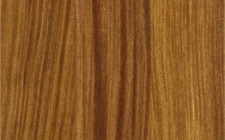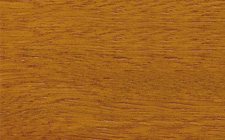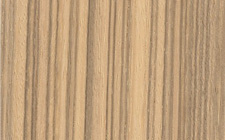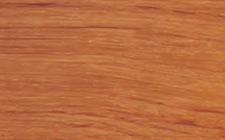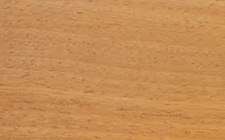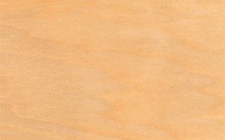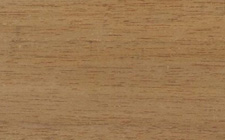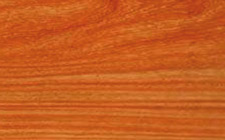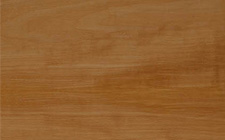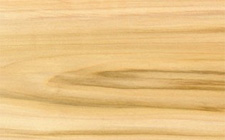Bete (Mansonia)
Botanical name
Mansonia altissima
Origin
Africa
Other names
Koul, Guissepa, Aprono, Ofun

WOOD DESCRIPTION
| Color: |
brown |
| Sapwood: |
clearly demarcated |
| Texture: |
fine |
| Grain: |
straight |
| Interlocked grain: |
absent |
| Note: |
Logs are almost floatable. |
PHYSICAL, MECHANICAL AND ACOUSTIC PROPERTIES
|
(*: at 12% moisture content, with 1 MPa = 1 N/mm²) Musical quality factor: 137,7 measured at 2772 Hz |
||||||||||||||||||||||||||||||||||||||||
NATURAL DURABILITY AND TREATABILITY
| Funghi (according to E.N. standards): |
class 1 - very durable |
| Dry wood borers: |
durable - sapwood demarcated (risk limited to sapwood) |
| Termites (according to E.N. standards): |
class D - durable |
| Treatability (according to E.N. standards): |
class 4 - not permeable |
| Use class ensured by natural durability: |
class 3 - not in ground contact, outside |
| Species covering the use class 5: |
No |
| Note: |
Although BETE is mentioned in the natural durability class 1 towards fungi (very durable) in the standard NF EN 350-2, it is important to know that it is sensible to white rot "Coriolus versicolor" attacks, hence, its classification in class 2 (durable). According to the European standard NF EN 335, performance length might be modified by the intensity of end-use exposition. |
SAWING, MACHINING AND ASSEMBLING
| Blunting effect: |
normal |
| Sawteeth recommended: |
ordinary or alloy steel |
| Cutting tools: |
ordinary |
| Peeling: |
good |
| Slicing: |
nood |
| Note: | Sawdust may cause dermatitis or mucosa irritation. |
| Nailing / screwing: |
good |
| Gluing: |
correct |
| Note: |



